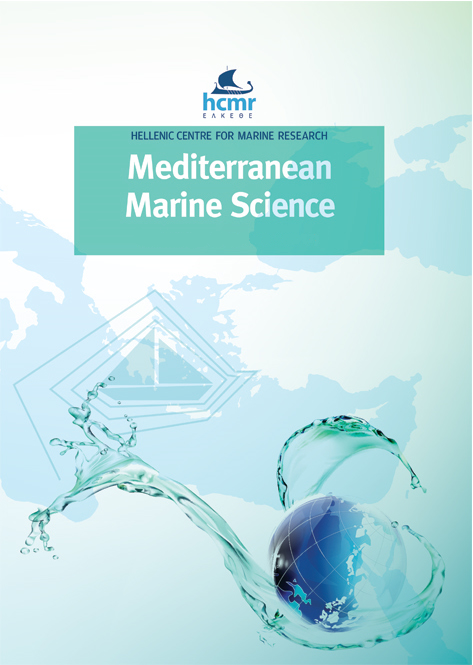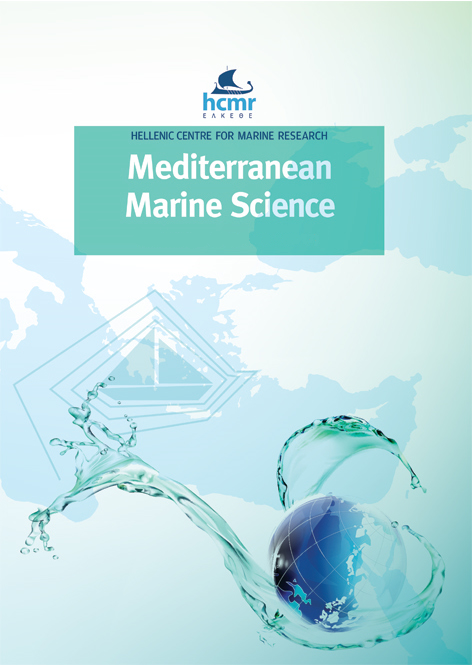Heavy metal accumulation capacity of Axinella damicornis (Esper, 1794) (Porifera, Demospongiae): a tool for bioremediation of polluted seawaters

Abstract
A wide range of contaminants are continuously introduced into the aquatic environment and among these, heavy metals constitute one of the most dangerous groups because of their persistent nature, toxicity, tendency to accumulate in organisms and more still, they are non-degradable. Marine organisms such as sponges represent target species for the monitoring of heavy metal contamination due their filtering activity. This study aims to evaluate the retention capacity of lead and cadmium by the sponge Axinella damicornis under laboratory conditions. The sponges were exposed for 144 h to seawaters artificially polluted with lead (Pb) and cadmium (Cd) separately and with a mixture of the two metals. The final goal of the experiments was to evaluate the metal uptake in the sponge body and efficiency of the sponge in removing the metals from seawater. In particular, the highest values of metal concentration in the sponges were recorded for Pb: this metal was found to be 6 times and 9 times more concentrated than Cd, respectively in the case of exposure to the single metal and to the combination of both metals. The metal concentrations found, especially for Pb, were much higher in A. damicornis than in other organisms investigated in the sea. Remarkable signs of stress and necrosis were recorded in the specimens when exposed to the combination of Pb and Cd, evidencing a synergistic effect of the metals mixture. This study paves adds knowledge on the contamination effects by heavy metals on the marine organisms and on the contribution from A. damicornis as efficient tool for bioremediation of polluted seawaters.
Article Details
- Zitationsvorschlag
-
GRAVINA, M. F., LONGO, C., PUTHOD, P., ROSATI, M., COLOZZA, N., & SCARSELLI, M. (2022). Heavy metal accumulation capacity of Axinella damicornis (Esper, 1794) (Porifera, Demospongiae): a tool for bioremediation of polluted seawaters. Mediterranean Marine Science, 23(1), 125–133. https://doi.org/10.12681/mms.27792 (Original work published 3. Januar 2022)
- Ausgabe
- Bd. 23 Nr. 1 (2022)
- Rubrik
- Research Article
Authors who publish with this journal agree to the following terms:
- Authors retain copyright and grant the journal right of first publication with the work simultaneously licensed under a Creative Commons Attribution Non-Commercial License that allows others to share the work with an acknowledgement of the work's authorship and initial publication in this journal.
- Authors are able to enter into separate, additional contractual arrangements for the non-exclusive distribution of the journal's published version of the work (e.g. post it to an institutional repository or publish it in a book), with an acknowledgement of its initial publication in this journal.
- Authors are permitted and encouraged to post their work online (preferably in institutional repositories or on their website) prior to and during the submission process, as it can lead to productive exchanges, as well as earlier and greater citation of published work (See The Effect of Open Access).





